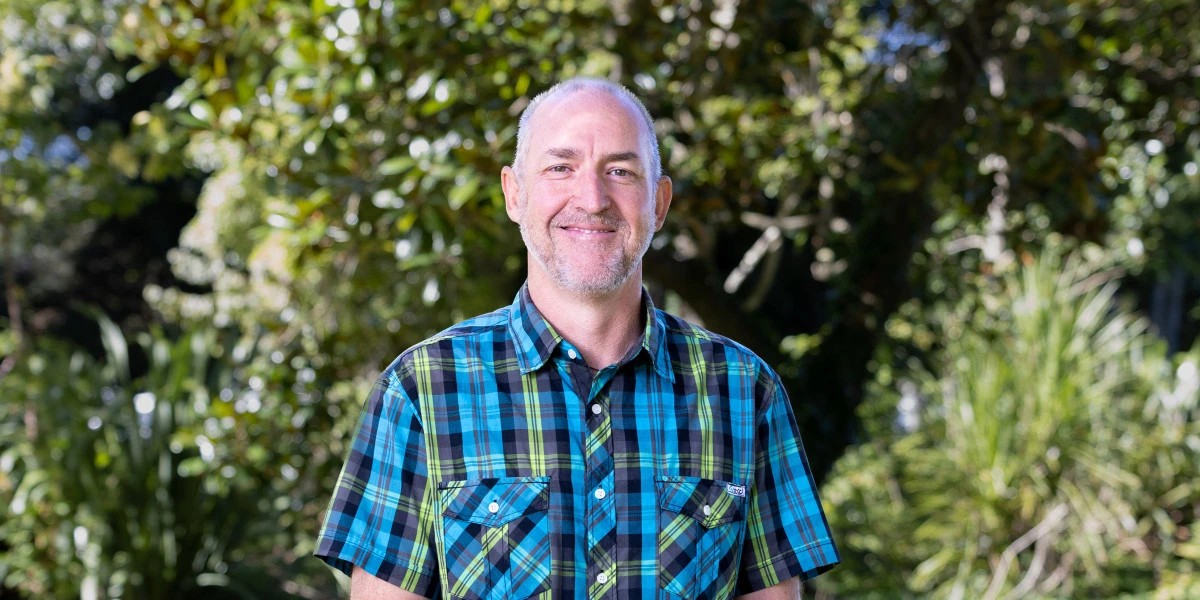PS Seminar Series - Darwin and the exploding trousers: assessing an existential risk after two centuries of biological invasions in New Zealand
This talk will revisit and contextualise the invasion predicted by Cellarius within a framework of biosecurity risk assessment.
Speakers
Event series
Content navigation
Description

Abstract - On 13 June 1863, a letter appeared in The Press, a daily broadsheet newspaper published in Christchurch, New Zealand. The letter was addressed to The Editor and contained a grave warning about an impending crisis: an invasion of a specific new type of organism arising by natural selection, a concept elucidated by Charles Darwin just 4 years earlier. The letter’s author, “Cellarius”, was later revealed to be a sheep farmer from a high-country station inland from Christchurch. He predicted the nature of these new organisms and that they would come to dominate and subjugate mankind, urging that “war to the death should be instantly proclaimed against them”. Unsurprisingly, these words went unheeded at the time, though they did go on to influence philosophers such as Karl Popper (father of the scientific method) and novelists CS Lewis, Aldous Huxley and Agatha Christie. But now we are just starting to appreciate the veracity and magnitude of the coming risk. This talk will revisit and contextualise the invasion predicted by Cellarius within a framework of biosecurity risk assessment. Drawing on two centuries of biological invasions in New Zealand, we will look at how biological HAZARDS can be identified and characterised, starting with Charles Darwin’s visit in December 1835 and possibly his worst observation about species fitness. From there we’ll consider EXPOSURE to biological threats as we visit the acclimatisation societies of the late 19th century, the failure of the earliest biosecurity legislation, and the importance of some early eradications. Finally we’ll consider our VULNERABILITY to impacts of invasive species, including unforeseen outcomes like New Zealand’s 1931 epidemic of exploding trousers. The general framing of risk as the intersection of hazards, exposure and vulnerability helps us to understand and manage biological invasions. And it helps explain why the dire warnings of a New Zealand sheep farmer are only now, 160 years later, being debated by technologists, governments, philosophers and scientists as one of the greatest looming existential threats to civilisation.
Biography - John Kean is a population ecologist whose research focuses on strengthening New Zealand’s biosecurity systems against invasive pests. He applies modelling and statistics to improve pest risk analysis, design optimal surveillance systems for early detection of invaders, and provide technical expertise during incursion responses. John is a founder and Theme Leader of Better Border Biosecurity, New Zealand’s largest and longest-running public-funded research programme, and a senior scientist at AgResearch in the Bioeconomy Sciences Institute.
Location
Eucalyptus Seminar Room
S205, Level 2
RN Robertson Building (46)
Please click the link below to join the webinar:
https://anu.zoom.us/j/82806351750?pwd=0yaQZ8w5L9kO9ubiNdbIghudziYb6T.1
Webinar ID - 828 0635 1750
Passcode - 870329




